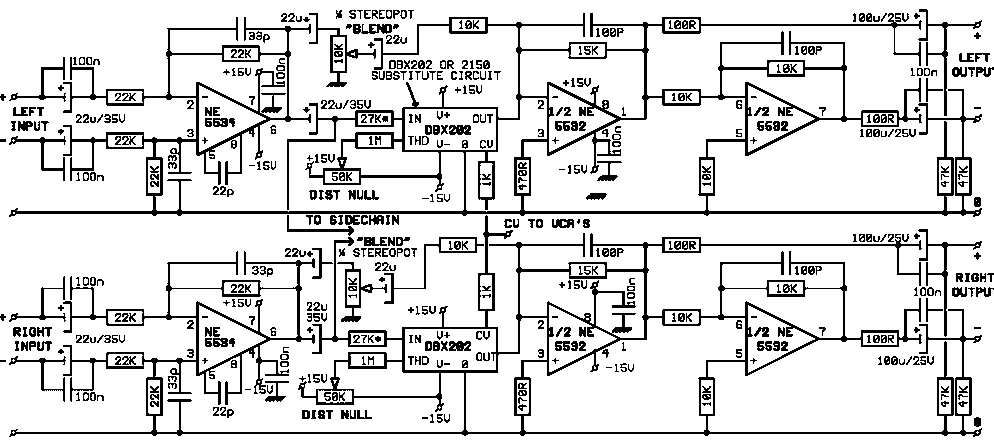I think there are many ways to use a limiter... It also depends opon WHY you are using a limiter. On my session today, for instance, I tracked a snare with three mics, one hitting a 2500 like a monster, another crushing in a daking and a third all open and nice. The 2500 mic pretty much filled out the bottom, the daking mic was eq'd for maximum ring and both were brought up BEHIND the uncompressed mic to round out the snare and make it big and then the buss of all three went to an 1176 before hitting the tape deck. If you have a lot of limiters, you can use them strictly as effects on certain bands if you have the right EQ's which is what this setup was all about. When I mix, I'll mult the snare and do a similar dance. Its not about the rote task of limiting. Its about isloating a frequency, where like the shell ring in a snare and making that as loud as the stick attack on the skin, or at least being able to control it as such. Being able to do this inside the box on the SSL or any limiter would be just fine and dandy. Would it defeat the purpose if you were using it to just control peaks? Sure. But part of a multi band thing on a single source, its a great option to have. As for it complicating a simple design, thats all a matter of perspective. If you dont want to complicate your ssl, dont do it. for me, for the value that a mod like this has, Id not consider adding a summing stage as overcomplicating anything. Im sure a someone at neve suggested that the limiter side of the 33609 was overkill and complicated, but I sure am glad that feature is there... Regardless, it sounds like it can be done somewhat painlessly. I cant wait to get some free time to tinker with that, I started a record today, I think my next blast of free time is in six weeks, argh...
dave



